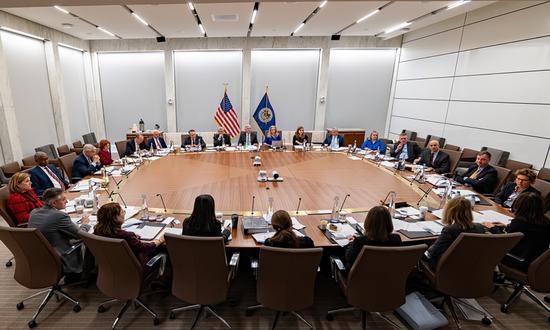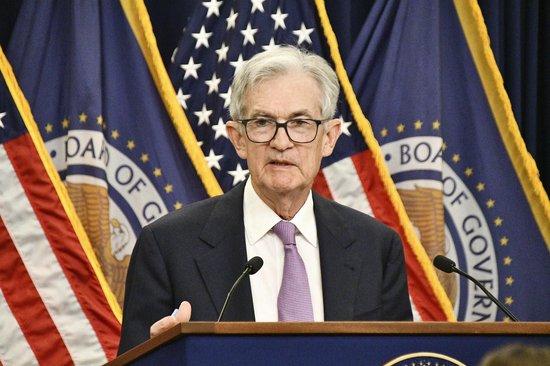

According to news reports, on July 30th local time, the Federal Reserve concluded its two-day monetary policy meeting and announced that it would maintain the federal funds rate target range at 4.25% to 4.50% unchanged. This decision was in line with market expectations and marked the fifth consecutive time this year that the Federal Reserve has decided to keep interest rates unchanged.
Despite the decision being relatively calm, Fed Chairman Jerome Powell’s speech maintained his usual tough tone, casting doubt on whether the Federal Reserve would “as expected” cut interest rates in September. After the meeting, the U.S. Dollar Index rose overnight to a two-month high, putting pressure on emerging market currencies including the Indonesian Rupiah. The Indonesian Central Bank even had to intervene in exchange rates.
There is no need to consider the cost of the U.S. government
On July 30th, Powell stated that the Federal Reserve would not consider the financing needs of the U.S. government when formulating its interest rate policies.
In a press conference following the interest rate meeting, Powell publicly mentioned, “We have received authorization from Congress, our goal is to control inflation and maintain as strong an employment market as possible.” In his policy commentary, Powell continued his previous tone, arguing that the U.S. job recovery is weak and that cutting interest rates “lacks the necessary firepower.”
Powell clearly stated, “We never consider the fiscal needs of the federal government. No central bank in an advanced economy would do this, and it wouldn’t be good for the Federal Reserve either, as it would damage the credibility of the dollar.” He also mentioned that Federal Reserve officials have been closely monitoring economic data to understand how significant adjustments to U.S. import tariffs could impact the economy.
Under the push of the Republican Party, the U.S. Congress passed the “Bigger, Better, Faster” Act, which will significantly reduce taxes and increase investment in specific technological areas, expected to significantly increase the deficit of the U.S. federal government.
In this context, maintaining a low interest rate level becomes even more important because the level of interest rates will directly determine the pressure on the US government to repay debt interest.
Even after the start of the interest rate cut cycle last year, the Federal Reserve’s current interest rates are still at a relatively high level compared to recent years. In 2024, the interest expenses of the US government reached $1.1 trillion, and the cost of managing government debt has doubled since the outbreak of COVID-19, largely related to the high interest rates implemented by the Federal Reserve to curb inflation levels.
Two Board Members Cast Their Opposition Votes
Federal Reserve Board members Christopher Waller and Michelle Bowman cast their opposition votes against the decision to keep the benchmark overnight rate unchanged in the range of 4.25%-4.50%, instead favoring a quarter-point reduction.
According to statistics from the St. Louis Federal Reserve Bank, the last time two board members cast their opposition votes was back in 1993. Moreover, the Federal Reserve also
, but that time it was two regional Fed governors who opposed the decision, not Federal Reserve Board members.
It is understood that the Federal Reserve’s interest rates are decided through a vote by a 12-member open market committee. To balance various interests, the committee’s structure is quite complex. Firstly, including the Federal Reserve’s chair and vice chair, there are seven members who become Federal Reserve Board members. These members are nominated and appointed by the White House, and their terms are generally long, making them the “familiar faces” within the committee.
The remaining five positions are held by the presidents of local Federal Reserve banks, representing the local economic interests in the formulation of monetary policy. Among them, the New York Fed president always holds one seat, and also serves as the vice chair of the committee. The other four seats are rotated among the presidents of 11 American local Federal Reserve banks.
Despite the formal decision to vote on interest rates being made by 12 individuals, there are relatively rare instances of dissent. Committee members maintain a continuous focus on economic data and often have opportunities for communication and exchange of views, often reaching consensus in private discussions. Historically, it has been common for regional Federal Reserve Bank governors to cast the opposing votes, as they represent their local interests and do not need to consider national circumstances. However, this time around, both opposition votes came from directors, marking a rare occurrence in recent years.